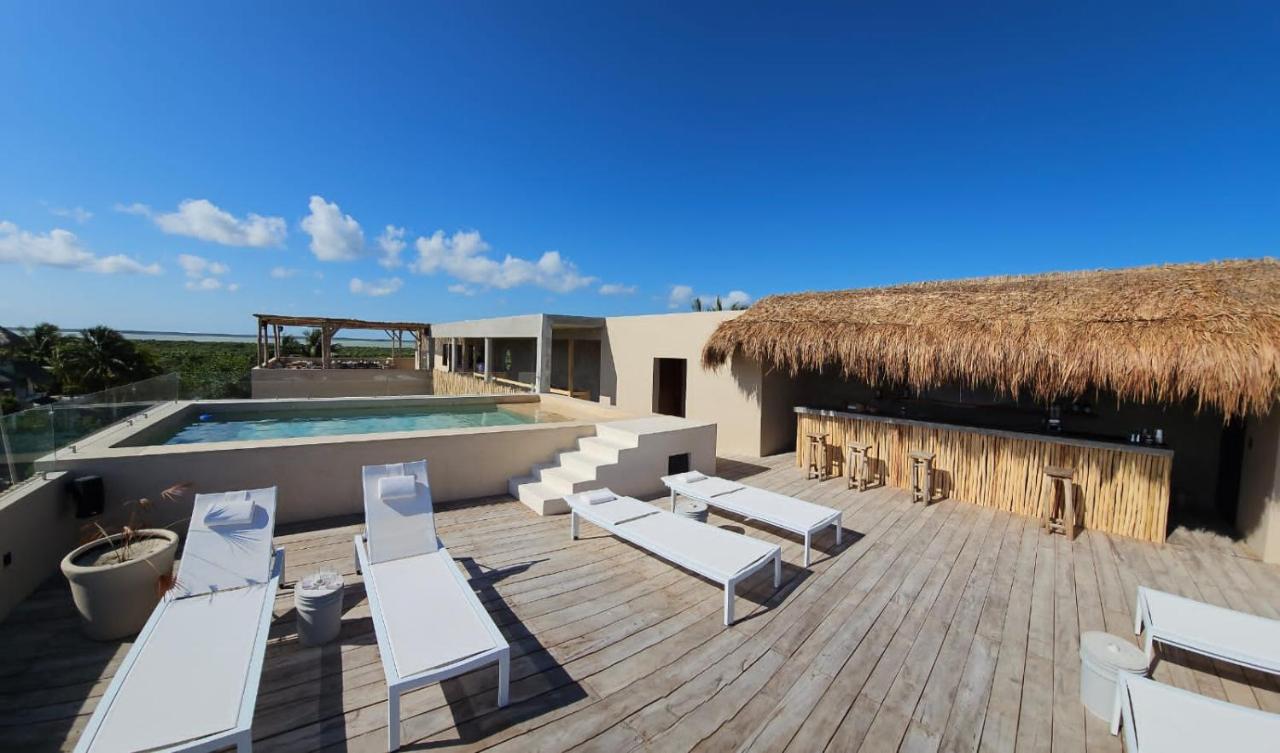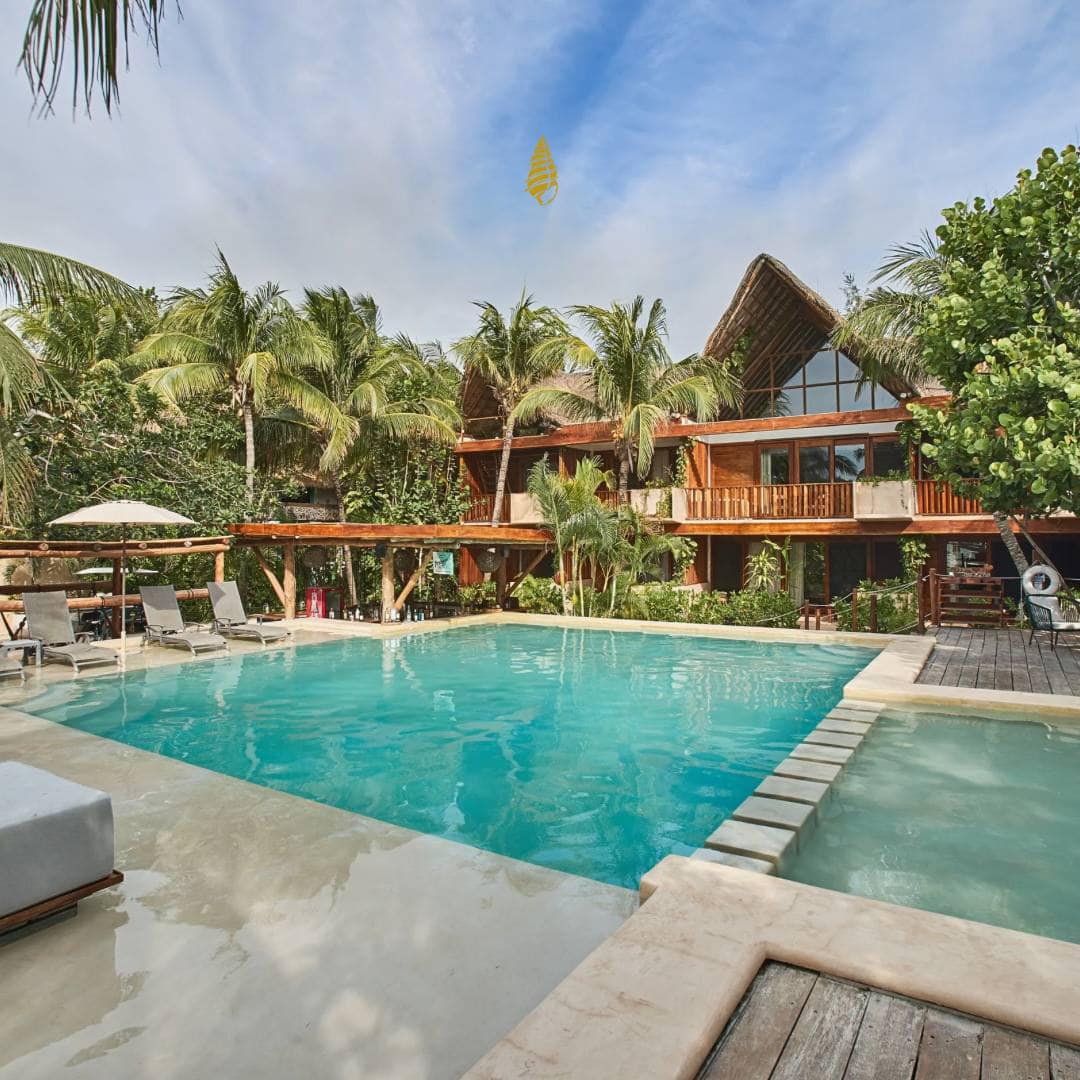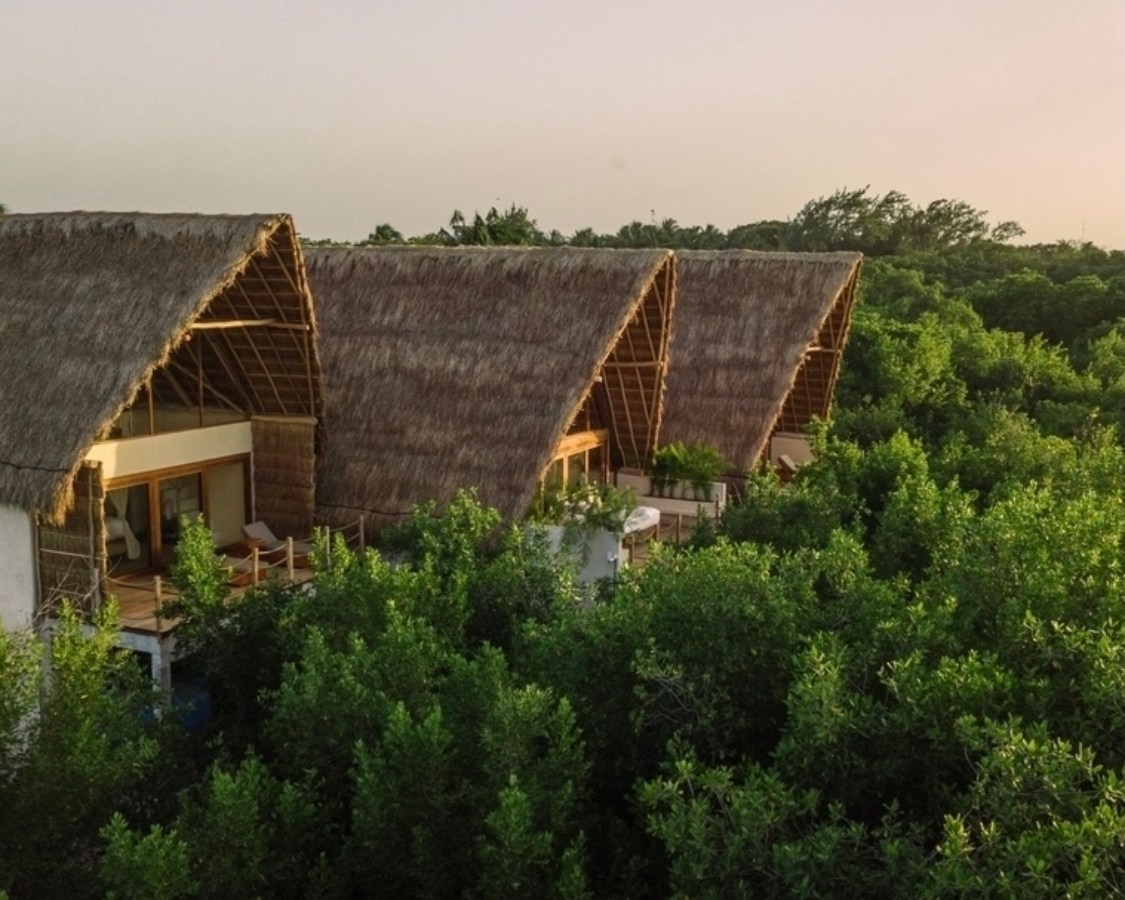El Cuyo
Kitesurf Holidays
Nestled along the North coast of the Yucatán Peninsula, El Cuyo is an authentic fishing village and one of Mexico’s best spots for kitesurfing, kitefoiling, and wingfoiling in Mexico if you want to avoid the crowds. In this serene coastal haven, you’ll find an idyllic blend of natural beauty, culture, and adventure. With wide, untouched beaches, steady very consistent wind, and a warm, tropical climate, El Cuyo is the ideal spot for an amazing kiteboarding or wingfoiling adventure. The water is a beautiful turquoise colour and nice and warm.
There are also a lot of trip in and around the area, so El Cuyo can also make for a great base to explode this less touristic and uncrowded part of the Yucatán Peninsula. Nearby attractions include flamingo nesting sites, pink lagoons, Mayan ruins, cenotes, and colonial towns. Within El Cuyo, no wind activities include paddleboarding, snorkelling with manta rays, dolphin spotting, bird-watching, or biking around local reserves.
The Kitesurfing - There is a huge long beach with 4 or 5 small kitesurf school that operate here. There is a lot of space, so even on a busy day (which is 15 kites), there is always space. Although the main wind direction is side to side-on shore, as with all of Mexico, the wind direct changes a lot. If the wind switches off shore , then the kitesurf schools will go by boat to a fat water sand bar around 30 minutes away, followed by a downwinder back. This is a great day out.
The Wingfoiling - The conditions here are not perfect for learning to Wingfoil, as there can be some small waves making learning more challenging. There are some flat water spots that the school sometimes use when the waves get to much for teaching. For a Wingfoiler who is already up and riding ‘on-foil’ this is a superb Wingfoiling spot. The wind is normally in the 20-25 Knots range in the main November to May wind season, which is perfect for Wing.
So why El Cuyo?
Charming Village Atmosphere - Locals often say, “El Cuyo es tuyo,” meaning “El Cuyo is yours.” The village’s friendly residents and sandy streets invite you to explore, relax in the main plaza, or meet fishermen at the pier to truly experience local life.
Pristine Beaches - Known for its unspoiled beauty, El Cuyo’s soft, white-sand beaches stretch as far as the eye can see. Whether sunbathing, beachcombing, or enjoying water sports, you’ll have plenty of space to unwind.
Delicious Cuisine - Treat yourself to fresh coconut water, organic coffee, or traditional Mexican fare. The central square offers a variety of shops, cafés, and eateries, where you can savor authentic Mexican dishes as well as Italian pizza, Spanish paella, Argentinian empanadas, and more.
Eco-Tourism - El Cuyo values sustainable tourism, preserving its natural beauty for future generations. Visitors are encouraged to support local businesses and conservation efforts, making it a destination of eco-conscious adventure.







 Antigua
Antigua
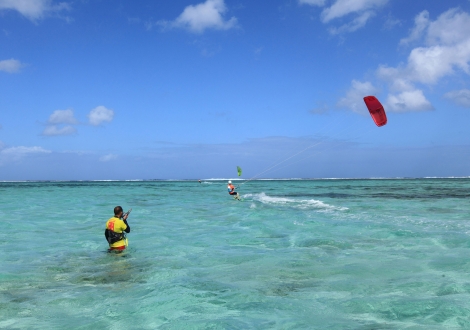
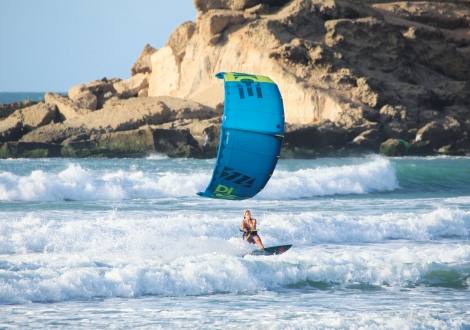

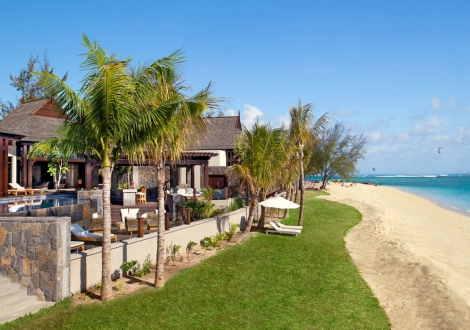




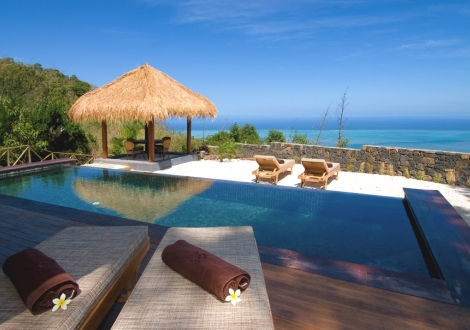




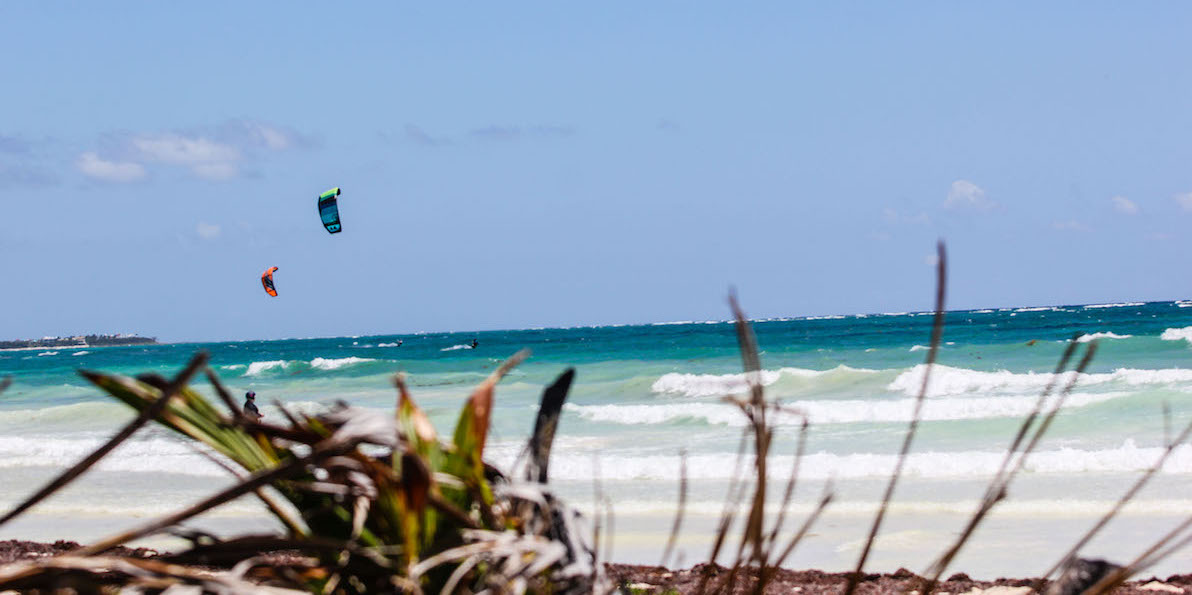
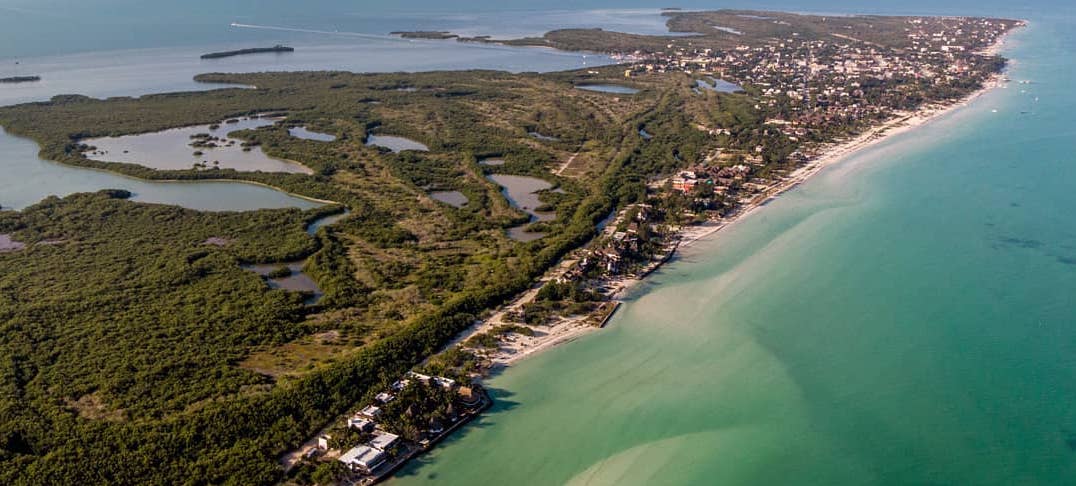
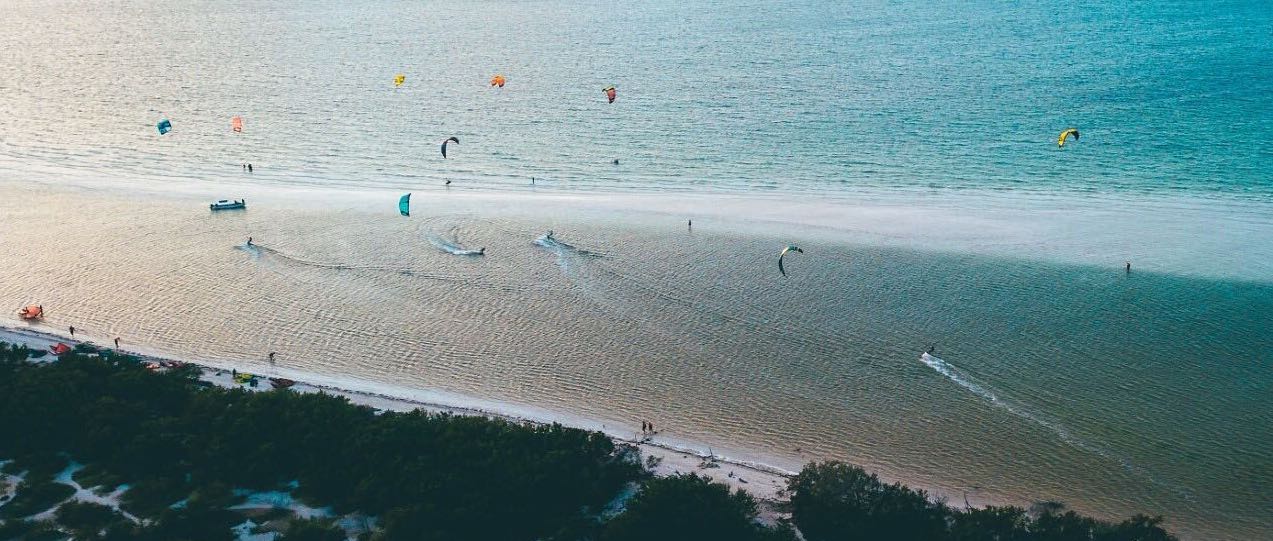
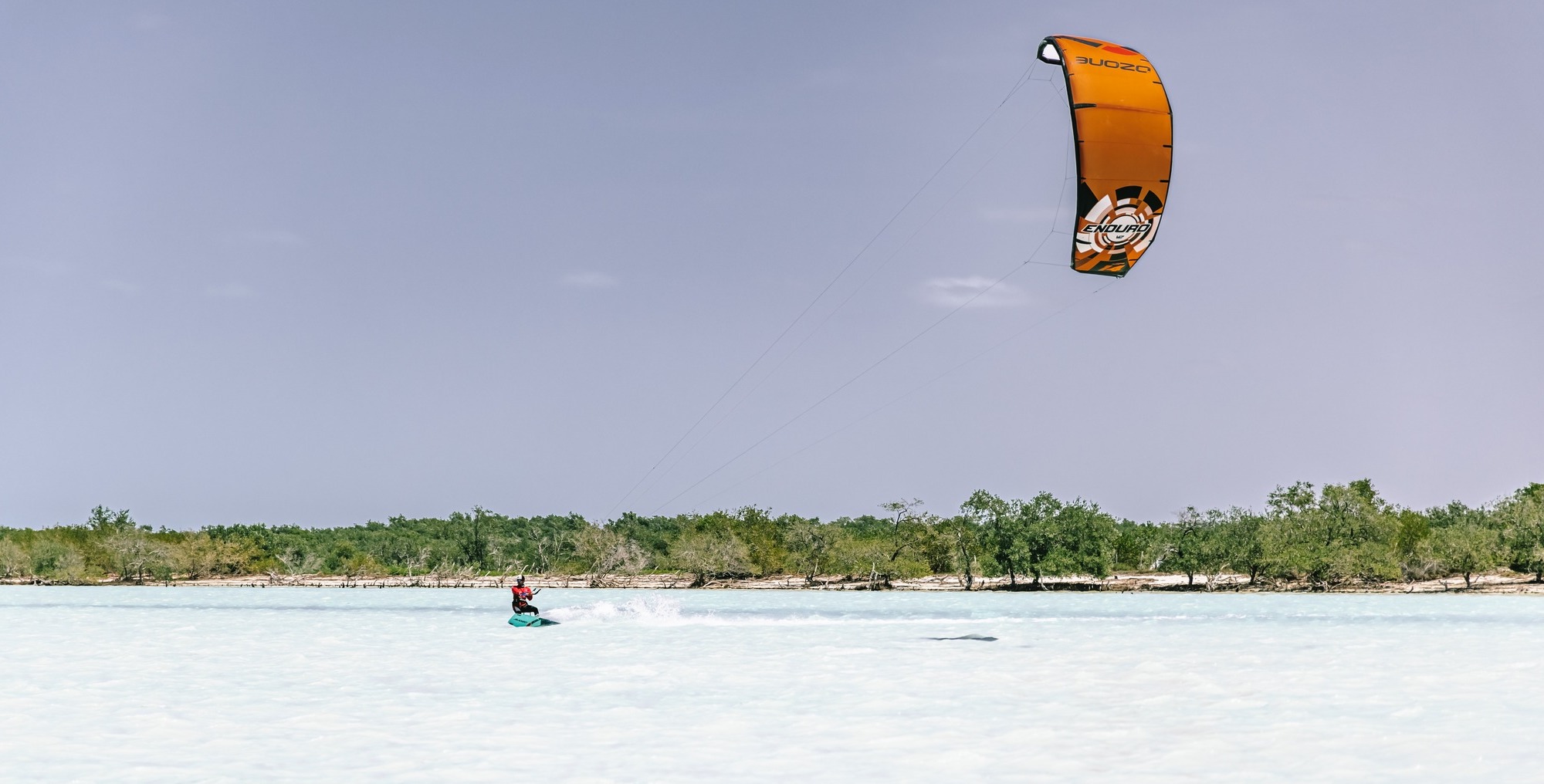
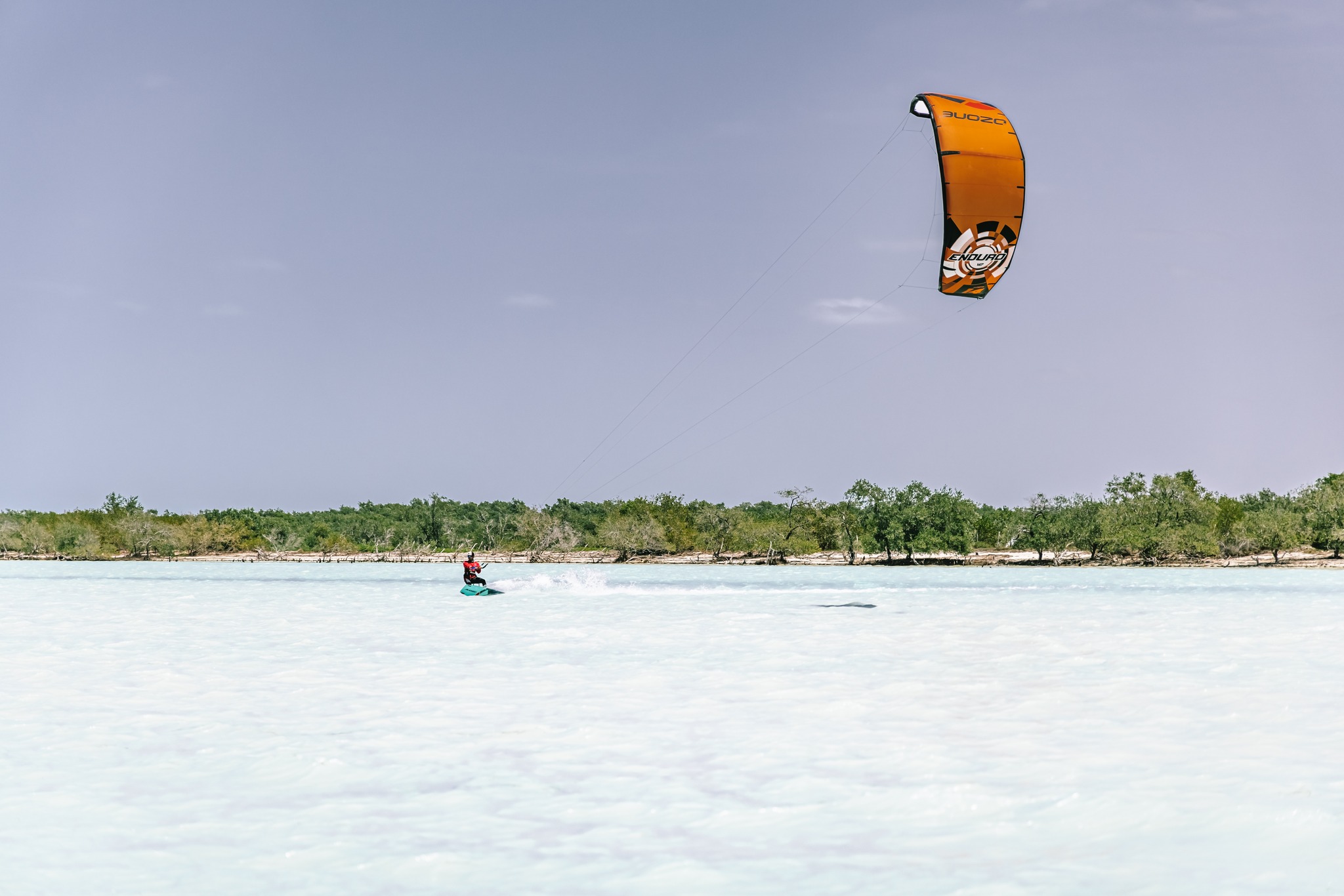

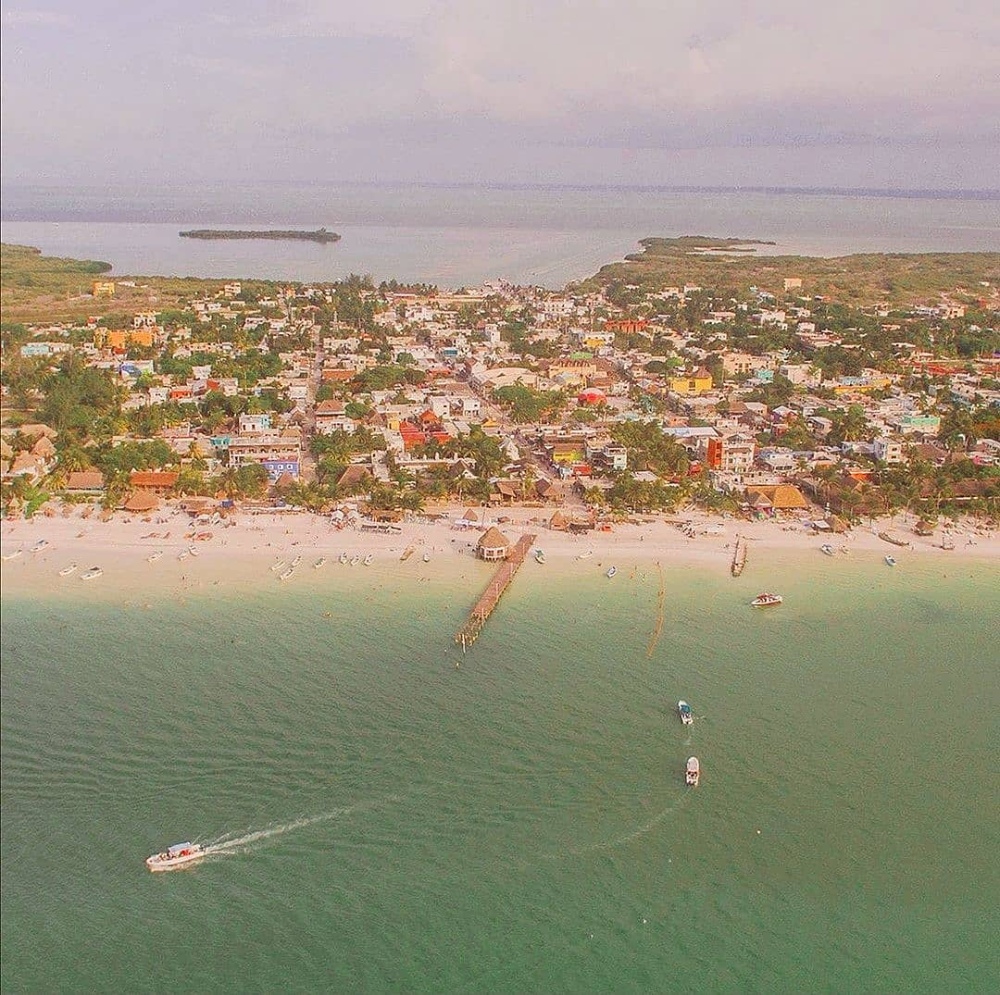

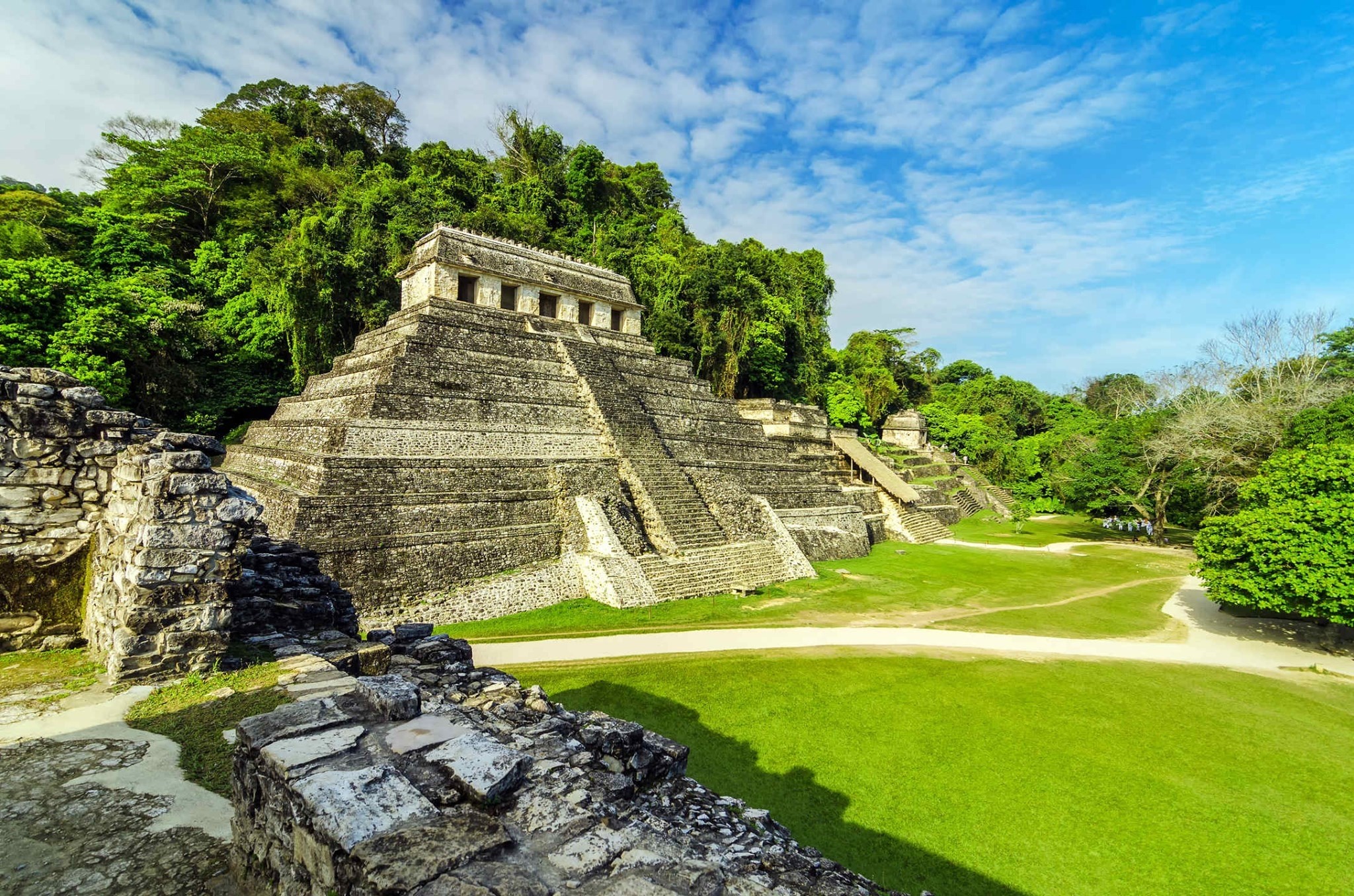

.png)
.png)

